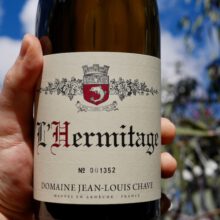
Product information
Domaine Jean-Louis Chave ‘L’Hermitage’ Blanc 2018
White Blend from Rhône Valley, Northern Rhône, Hermitage, France
$680
Description
Just as his red explores next level sophistication in texture, complexity and harmony so does his white. The whites some how end up always being the bridesmade, yet they offer a divine experience. I had my first in 1997 purchased from the famed Prevelly Caravan Park in Margaret River for about $70. A stunning wine, it just draws you in!
Josh Raynolds described it as ‘…one of the most age-worthy wines of France’. I wouldn’t disagree.
Out of stock








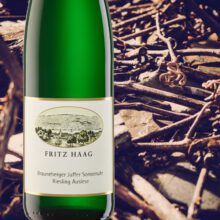
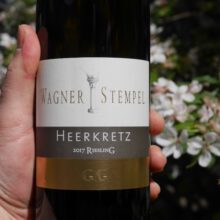
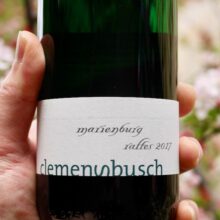
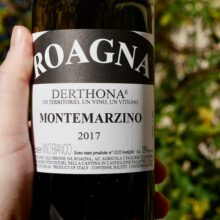
You must be logged in to post a comment.